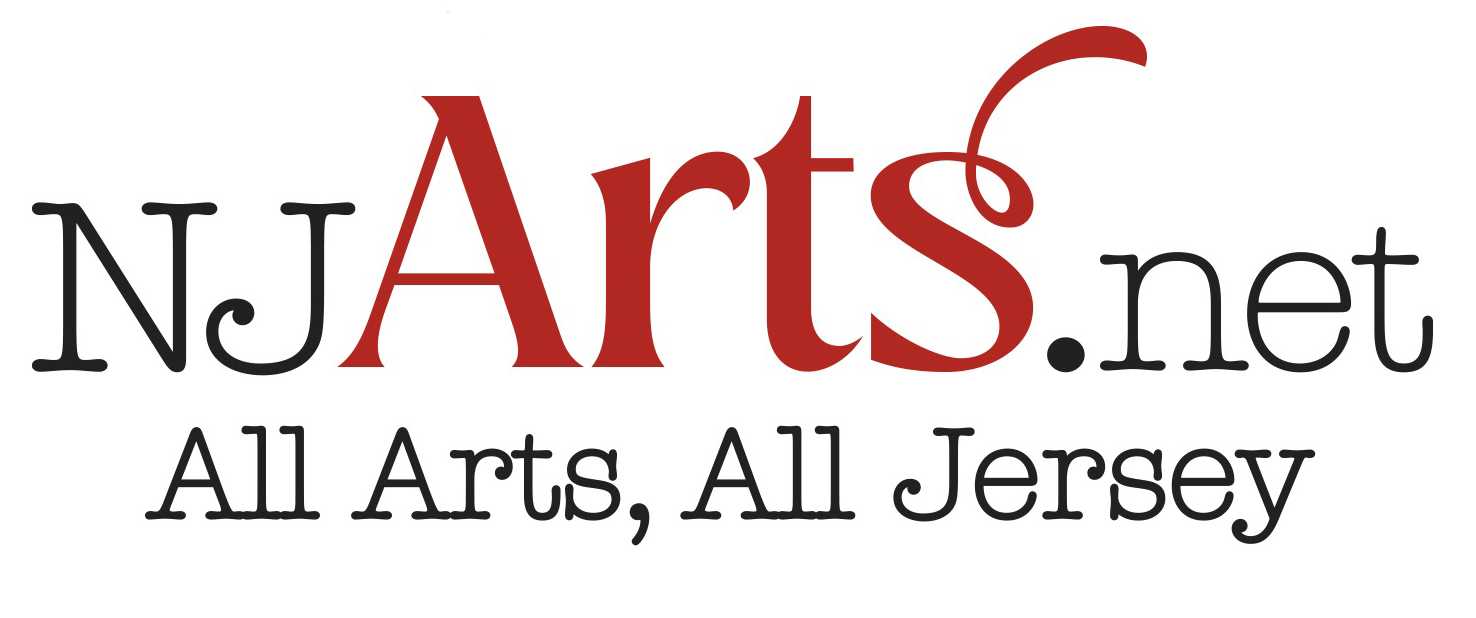
MARIA BARANOVA
Matthew Glassman and Milena Dabova co-star in “The Grand Parade (of the 20th Century),” which is at the Kasser Theater at Montclair State University through Feb. 7.
“The Grand Parade (of the 20th Century)” — which will be presented at the Kasser Theater at Montclair State University through Feb. 7 as part of the Peak Performances series — depicts events of that time via a dreamlike (or, sometimes, nightmarish) collage of music, dance, circus arts and multimedia projections. Bits of pieces of the century go whizzing by: FDR and Groucho Marx, David Bowie and the Civil Rights Movement.
Of course, college students attending the show will have little or no direct memory of the 100 years that it covers. But that’s fine, says Stacy Klein, who conceived, designed and directed it.
“Our work is always engaging multi-generations,” says Klein, artistic director of Ashfield, Mass.-based Double Edge Theatre, which created this production. “I think there is a certain amount of shock in the older people who watch this — that these events happened in their century — and a fair amount of reflection about that. And also I think there’s a teeny bit of nostalgia.
“The younger generation … we just did a week of performances in Springfield (Mass.) for the Springfield high schools. Surprisingly, they knew quite a bit about the history, from their grandparents: A lot of them were talking about JFK and thing like that. So there was knowledge of history from the memory of their families.”
Many of the images in the piece echo the works of painter Marc Chagall (1887-1985), since Chagall’s work was directly responsible for inspiring the entire project.
“We started getting into the history of the events that he chose to portray, and a lot of it had to do with exile and war and refugees,” says Klein. “So we started working with that, and discovered that a lot of his participation in the 20th century, which was from the beginning up until 1987, was artistically reflecting major events of the century.”
Even the pacing of the production reflects the pace of the century.
“It starts off relatively slow and quiet, and it gets more loud and tumultuous and fast,” says Klein. “I remember in the beginning, young people were saying, ‘You rushed through the ’90s.’ But that time was a rush!”
This will be the New Jersey/New York premiere of “The Grand Parade (of the 20th Century),” which was first presented in 2013. Performances will take place at 7:30 p.m. Feb. 4-5, 8 p.m. Feb. 6 and 3 p.m. Feb. 7. There will also be a free pre-show talk with dramaturg Morgan Jenness at 6 p.m. Feb. 4, and a free “open training” — a two-hour workshop at which attendees can learn about the company’s creative process and training method — at noon Feb. 6.
For information, visit peakperfs.org.
Here is some of Klein’s program notes for the piece, from its official program:
It all started with a question: How would we write a mythology for our time? We began with the recent past — the 20th century — and the paintings of Marc Chagall.
We encountered a brutal and chaotic century, one in which cataclysm and destruction branded the times. This is how we chose to walk alongside Chagall. For the better part of the 20th century, he chose the flight of the imagination, folk tradition, and the collision of dreams as his portal of memory, as a means of passage through the war and revolution and exile that he painted.
In Chagall, the bride flies over the ravaged village, the rooster and cow play their cellos, and masses of people flee or dance. As we confronted the extreme conflicts of the century, we understood that vivid imagination must be at the crux of building a mythology for our time. How do we dream, how do we dance, how do we invent, and how do we love? For Chagall, “color is love” — what is it for us?


